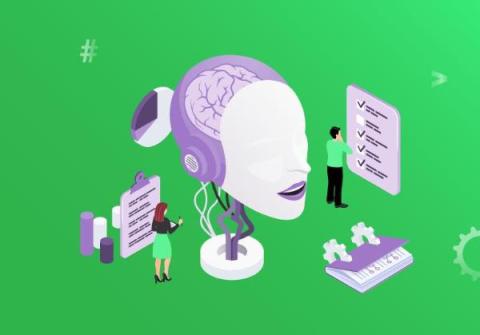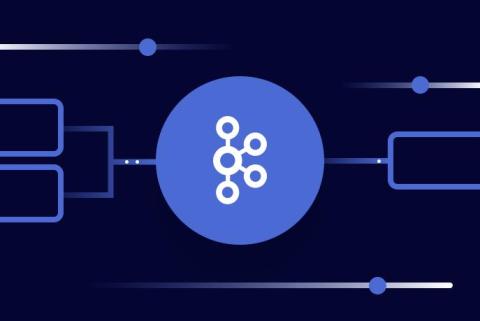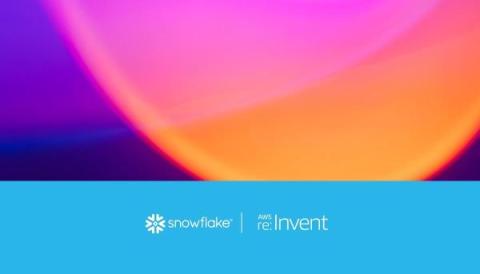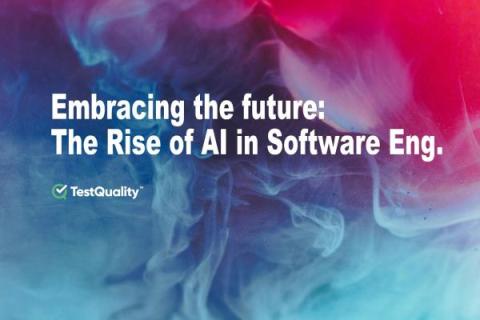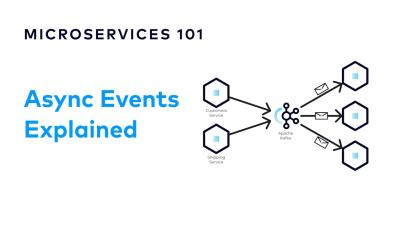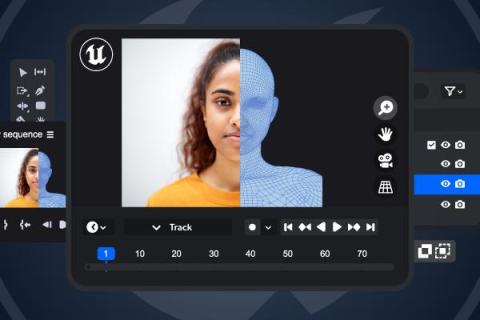Role of AI in requirements engineering
The current state of AI, despite the relevant infancy of the tools, showcases promising potential. While human assistance is still needed, the convergence of chat UI and large language models allows users to ask for what they want in a natural language, and the technology is growing intelligent enough to respond or even take action.


